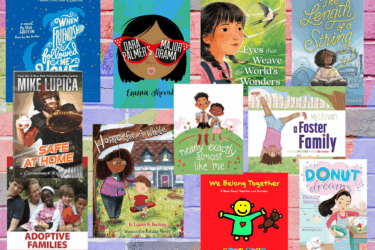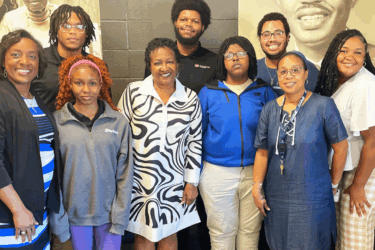My son, a mostly delightful six-year-old bundle of energy, has a penchant for pushing the limits. He is strong willed and determined that things will go his way. I have even caught him arguing with his own toys when they do not “act right.” About a year ago he really started exhibiting some less-than-desirable behavior when the world did not bend to his every whim and desire. He had learned how to “back talk,” and he even occasionally threw or hit things. It was not at all okay. We tried everything. We did time-outs, we took away his favorite toys, we stood our ground, we yelled, we talked quietly, we ignored, we tried sticker charts and reward systems for when he did well. Yet, no matter what we tried, he always seemed to revert back to his old ways0151—big, loud, totally not okay, absolutely embarrassing ways. Just when I thought I was going to lose my ever-loving mind, I attended a training on emotional literacy that changed the game.
Emotional literacy is the ability to appropriately recognize and respond to emotions in oneself and others. The facilitator of the training explained that behavior and feelings are closely linked; we act because we feel, and so often our emotions take over our brains and over-ride other systems like logic and self-restraint. It was such a simple idea and yet I had never put the two things together. Even in adulthood, when in theory we should have all the tools we need to appropriately process our emotions, we still “act out” in the midst of the toughest feelings like shame and fear.
So, of course when kiddos have big feelings, they have big actions. It was as if the lightbulb went off- the way to address the problem behavior I was seeing at home was to give my son the tools he needed to identify and process his emotions more appropriately. While teaching emotional literacy may seem like an obvious and simple task, it’s also something that has to be done intentionally if it is going to be done well.
There are some great resources available online about fostering emotional literacy in kids, but here are a few tips to help you get started:
Model It. Like most good habits we hope our kids pick up, one of the best ways we can teach them is to do it ourselves. Openly talk about how you are feeling. This afternoon my son asked me how my day at work was and I could have responded with a simple “fine.” Instead I told him about how my co-worker was retiring and that I was both sad and happy for her. It was an opportunity for me to show him how to own and talk about feelings.
Point out examples of emotion in the world around you. Perhaps when you are at the park and you see a child laughing on the swings while his mom pushes him, you could point out that the boy seems happy and excited to be at the park with his mom. Not only does this teach our kids to recognize emotions in others, it also helps build their vocabulary of emotion words.
Provide the space and tools for dealing with tough emotions. Our kids are going to get angry, sad, and disappointed. Those feelings are part of life. Not only should we give them the words to identify those feelings, we should also give them the tools for processing those emotions since they are inevitable.
The goal is not to eradicate hard emotions, but it’s to equip our kiddos to deal with those emotions in more effective ways. Being able to recognize that often problem behavior is linked to tough emotions helps us as parents to empathize and to respond appropriately. My son doesn’t just need to have consequences for the “bad behavior” he may exhibit, he needs me to give him the tools to know what to do with that anger, which is a skill that will serve him well for the rest of his life.




